
1. As one of the intact relics in the World Heritage Site of Thang Long Imperial Citadel, Hanoi Flag Tower is a symbolic historical structure of the capital Hanoi.
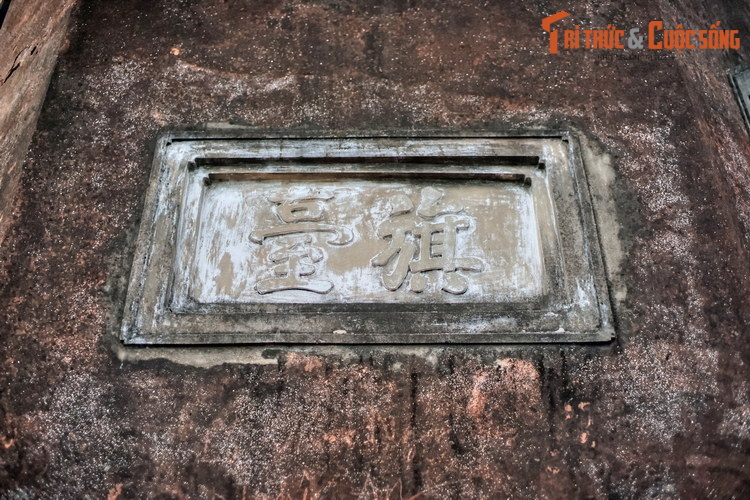
Built from 1805 - 1812 under King Gia Long, the flagpole has the official name Ky Dai, located on the southern part of Thang Long Imperial Citadel.

The flagpole has a tower-shaped structure, 41 meters high, consisting of three floors of base and a pole body, inside the flagpole there is a staircase leading to the top. The top of the flagpole is an octagonal building, in the middle there is a tall round pillar, which is the place to plant the flagpole.

Over its two centuries of existence, the Hanoi Flag Tower has witnessed many heroic moments of the capital. The image of this special structure was solemnly printed on the first currency issued by the State Bank of Vietnam.

2. Doan Mon is the main southern gate leading to the ancient Thang Long Forbidden City. This is the most majestic structure in the complex of relics belonging to the Thang Long Imperial Citadel.

Built during the Le Dynasty and renovated during the Nguyen Dynasty, Doan Mon has five stone arched gates symmetrically across the imperial city's main axis. The largest middle gate is reserved for the king, while the remaining gates are for officials and royal relatives to enter and exit the palace.
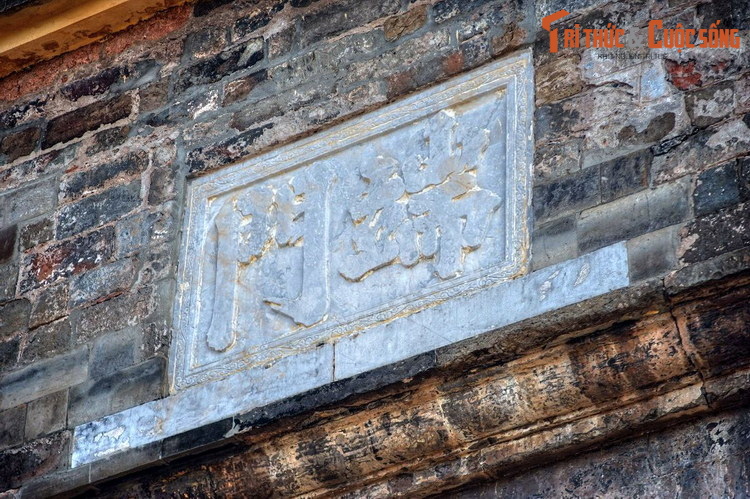
After the ups and downs of history, the centuries-old gate of Thang Long citadel still retains its solidity and majesty.
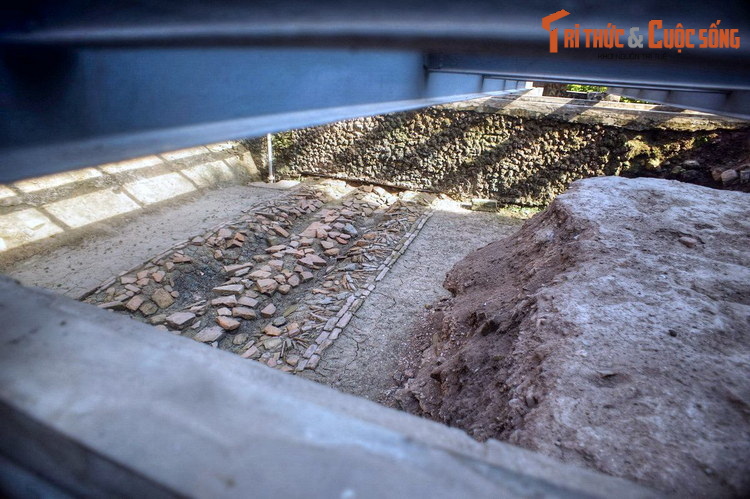
Behind Doan Mon, in 1999, archaeologists dug an 85.2 m2 excavation pit to find traces of the ancient Royal Road. Today, this pit is left open for visitors to visit.

3. Located in the center of Thang Long Imperial Citadel, Kinh Thien Palace is the most important palace in the ancient Thang Long citadel. This is where the most solemn ceremonies of the royal court are held, foreign envoys are received, or important national affairs are discussed.

Kinh Thien Palace was built in 1428 during the reign of King Le Thai To. At the beginning of the Nguyen Dynasty, King Gia Long used this place as a temporary palace for the king to use when he toured the North. During the French colonial period, the French colonialists demolished Kinh Thien temporary palace and built an artillery command headquarters.

Today, the only vestiges of the ancient Kinh Thien palace remain. In front of the palace are 10 stone steps with dragon-shaped railings, divided into three paths of the palace foundation. Behind the palace are 7 smaller steps, with two stone dragons on either side of them in a similar style.

According to researchers, the pair of stone dragons in Kinh Thien Palace were built in 1467. This is an architectural heritage of special value, representing the sculpture art of the Early Le Dynasty.
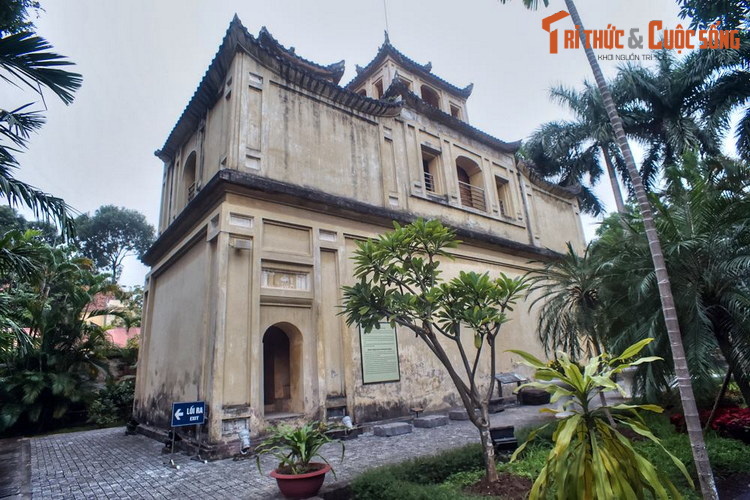
4. Located behind the Kinh Thien Palace, the Hau Lau relic is a unique structure in the Thang Long Imperial Citadel.
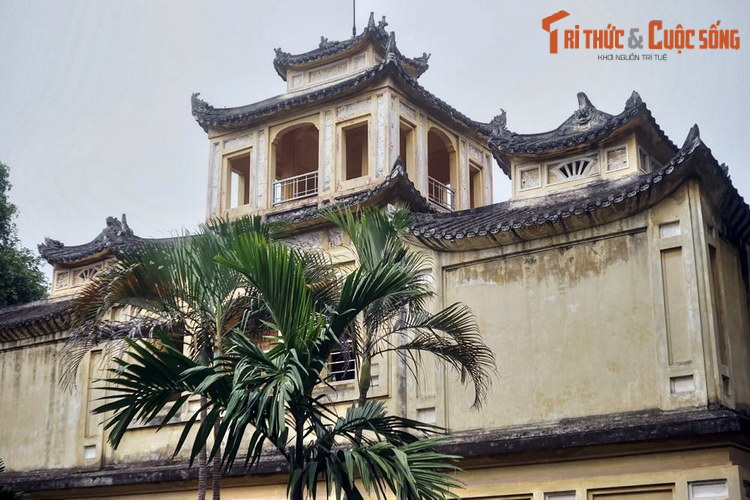
This building was built in the North of the palace with the purpose of guarding and creating peace (according to feng shui), so it is also called Tinh Bac Tower or Hau Lau (the back tower). Because it was the resting place of the women in the escort group of King Nguyen to the North, this place is also called the Princess Tower.
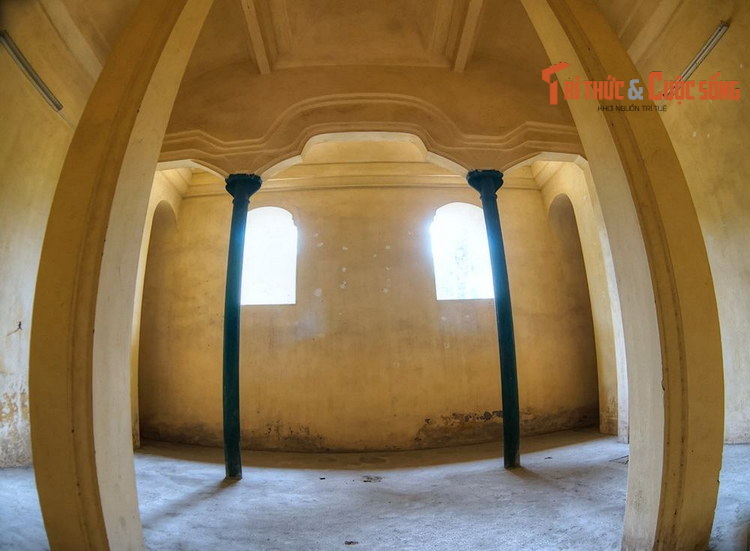
During the French bombardment of Hanoi Citadel, Hau Lau was destroyed and was later rebuilt by the French to serve as a military base for the French army.
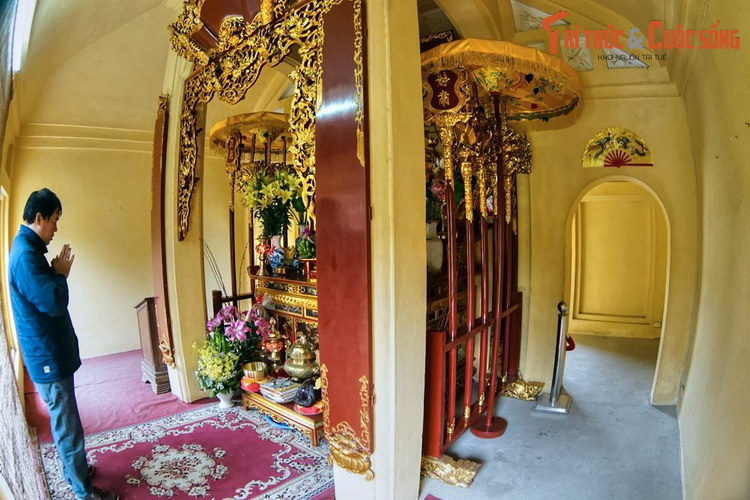
Therefore, the current architecture of Hau Lau is a blend of Vietnamese royal architecture and 18th century French architecture.

5. Located on Phan Dinh Phung Street, Chinh Bac Mon or North Gate was built in 1805 on the foundation of the North Gate of Thang Long Imperial Citadel during the Le Dynasty.
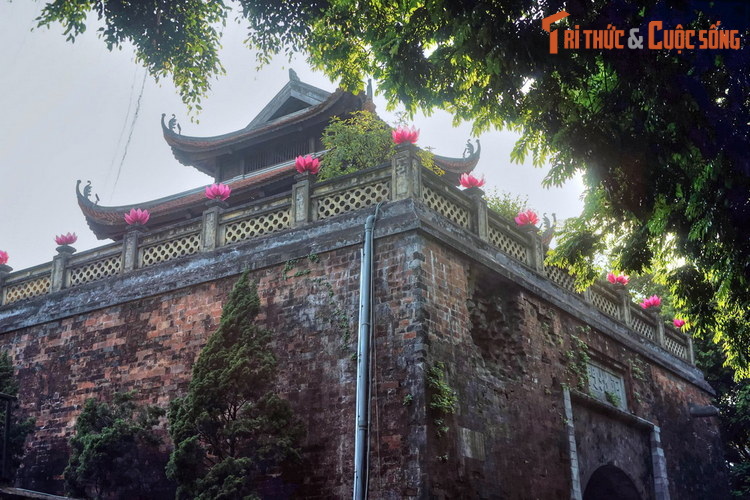
Similar to Doan Mon, Bac Mon was built in the style of a watchtower - the upper part of the tower and the lower part of the citadel. The citadel was built very solidly with stone and brick, the foot of the embankment was made of stone. The citadel gate opened from the front to the back, built in an arched style.

The upper floor was partially reconstructed with a wooden frame in the eight-roofed style, covered with Vietnamese tiles, and doors facing four directions. This is the place to worship Nguyen Tri Phuong and Hoang Dieu, two historical figures who sacrificed their lives to protect Hanoi citadel from the invasion of French colonialists.

According to researchers, although the North Gate was built by the Nguyen Dynasty, at the foot of this gate are layers of citadel relics from previous dynasties, affirming the continuity in the thousand-year history of the Thang Long Imperial Citadel.
Source: https://baothaibinh.com.vn/tin-tuc/54/138371/nhung-cong-trinh-nao-cua-hoang-thanh-thang-long-con-lai-den-nay



![[Photo] Multi-colored cultural space at the Exhibition "80 years of the journey of Independence - Freedom - Happiness"](https://vphoto.vietnam.vn/thumb/1200x675/vietnam/resource/IMAGE/2025/8/26/fe69de34803e4ac1bf88ce49813d95d8)
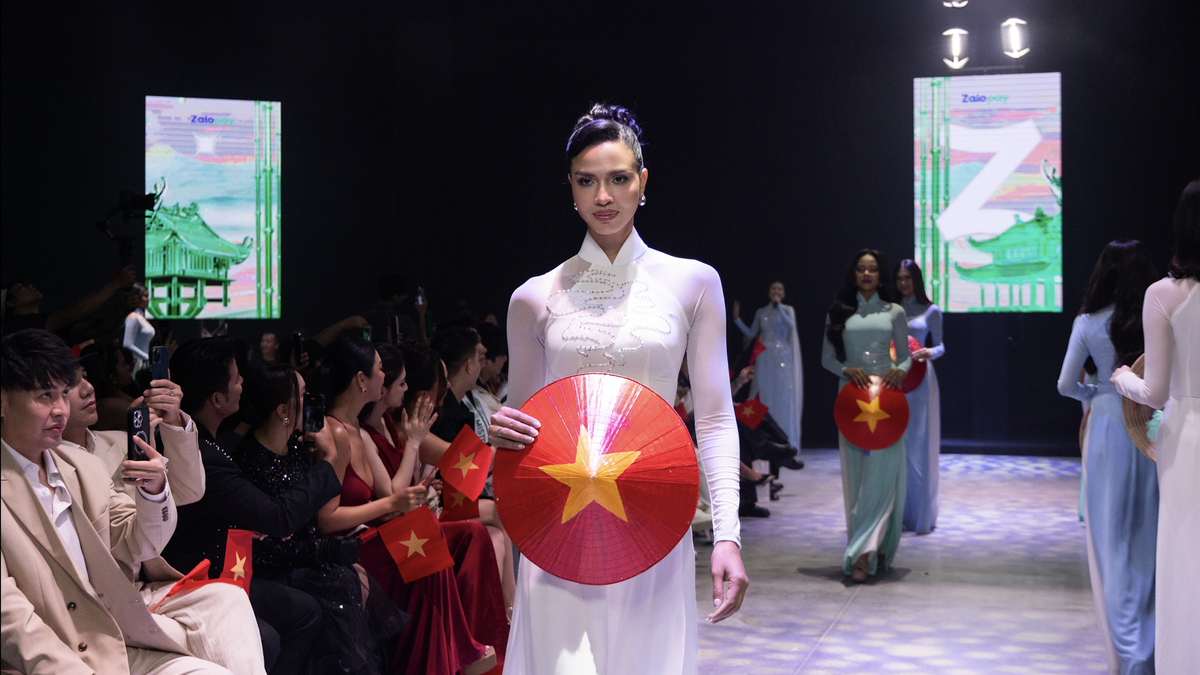
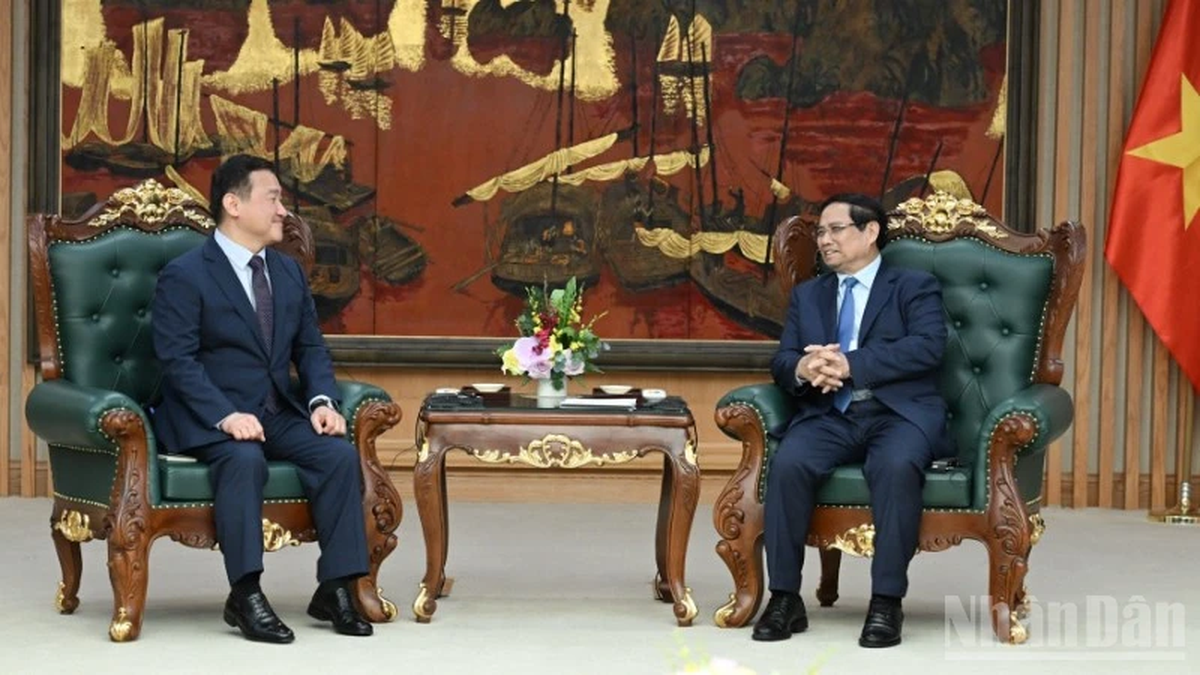
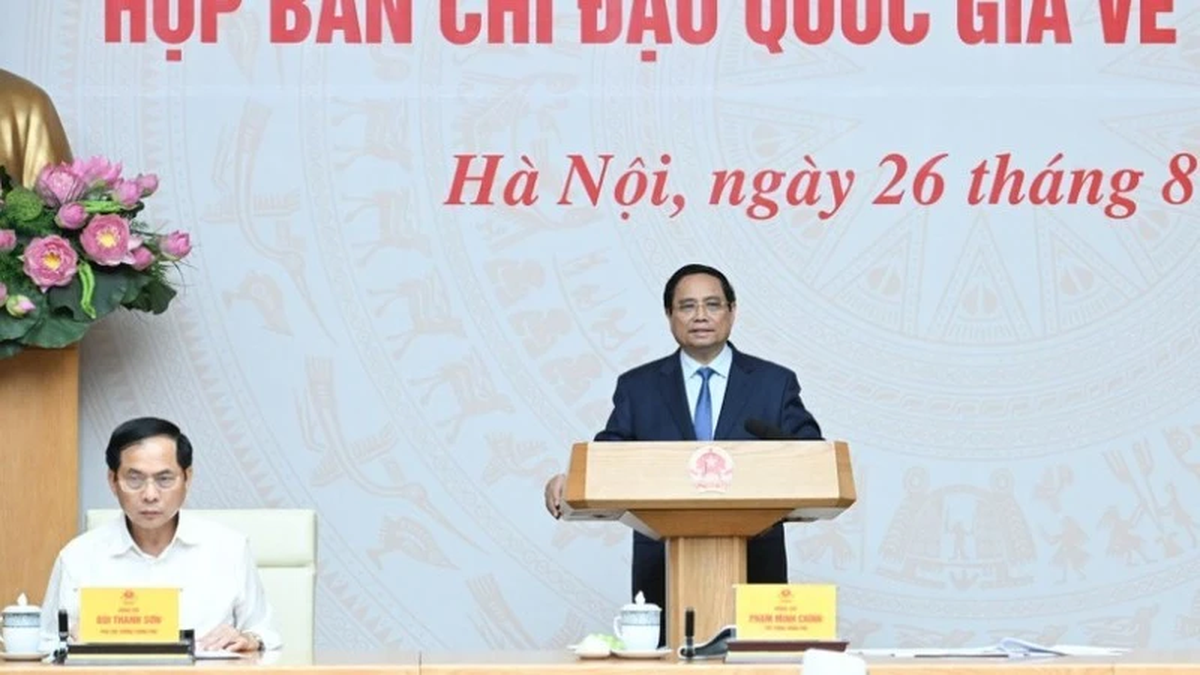
![[Photo] Prime Minister Pham Minh Chinh receives CEO of Samsung Electronics](https://vphoto.vietnam.vn/thumb/1200x675/vietnam/resource/IMAGE/2025/8/26/373f5db99f704e6eb1321c787485c3c2)
![[Photo] Prime Minister Pham Minh Chinh chairs meeting of National Steering Committee on International Integration](https://vphoto.vietnam.vn/thumb/1200x675/vietnam/resource/IMAGE/2025/8/26/9d34a506f9fb42ac90a48179fc89abb3)
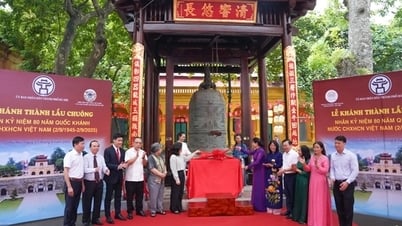

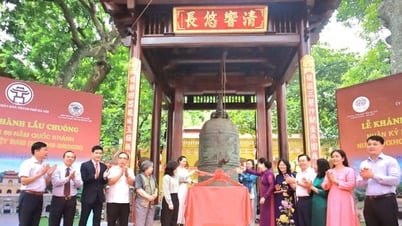

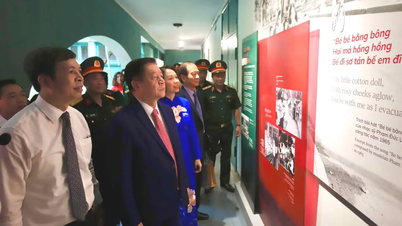

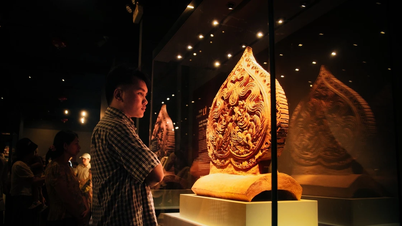


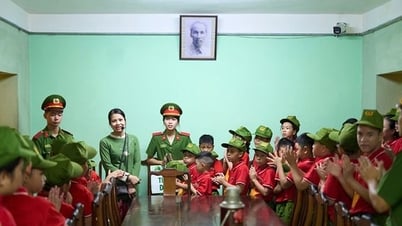
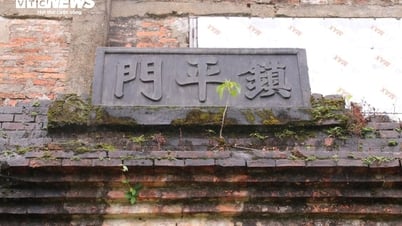

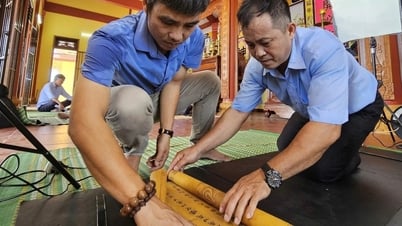

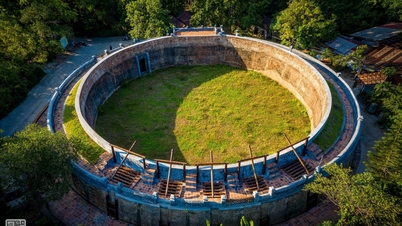

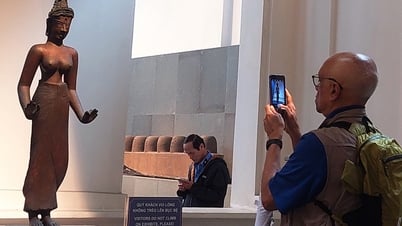



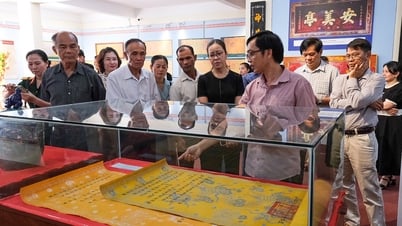

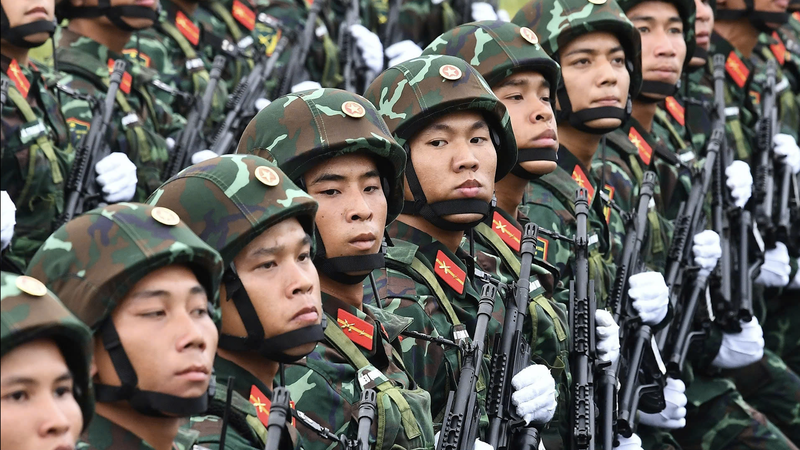



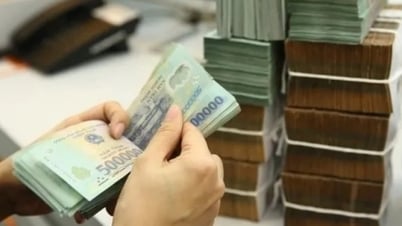
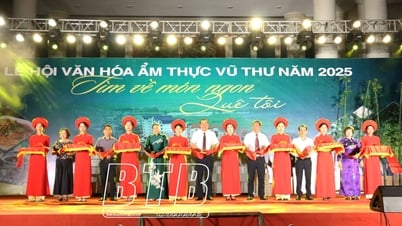
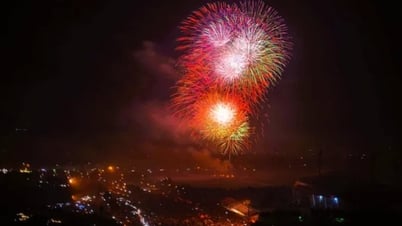





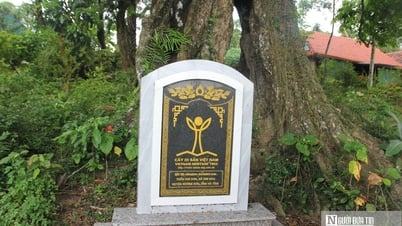








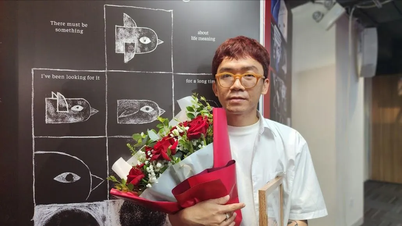
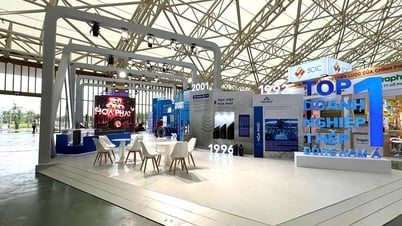

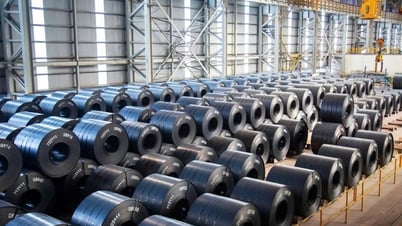

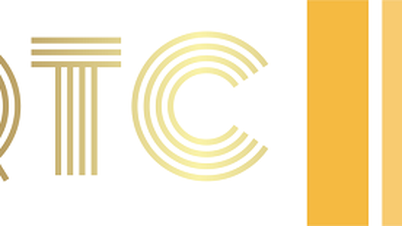
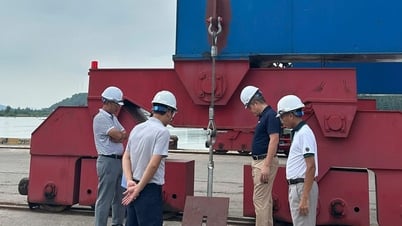



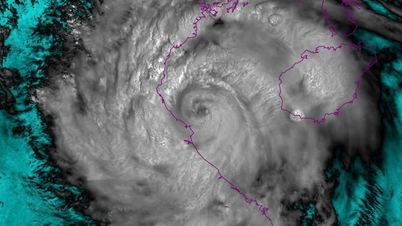
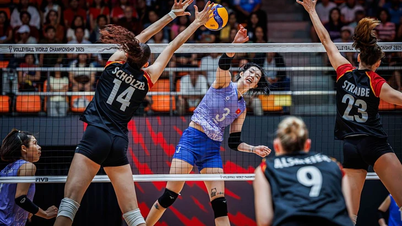

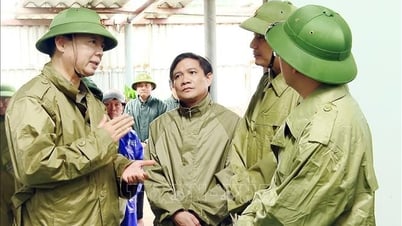








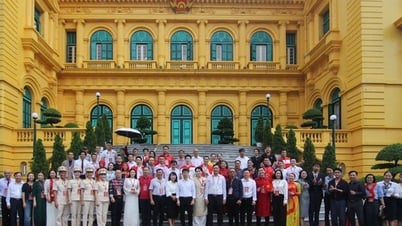


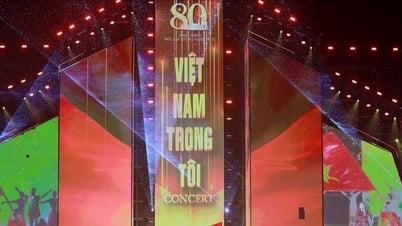


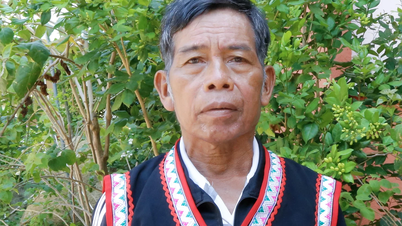

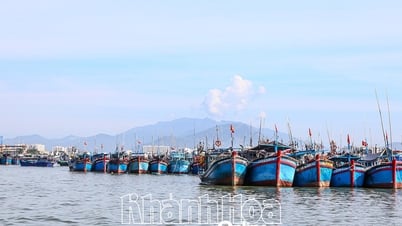
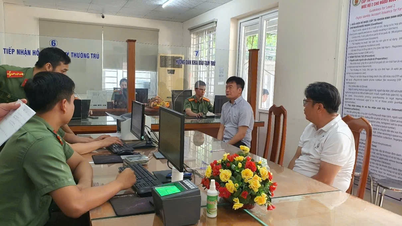



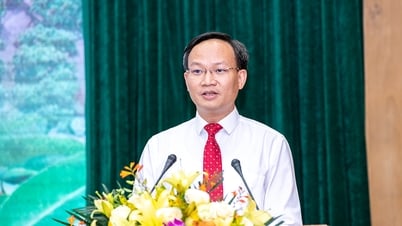






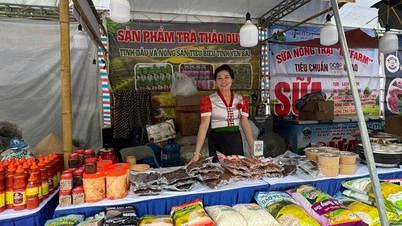






Comment (0)